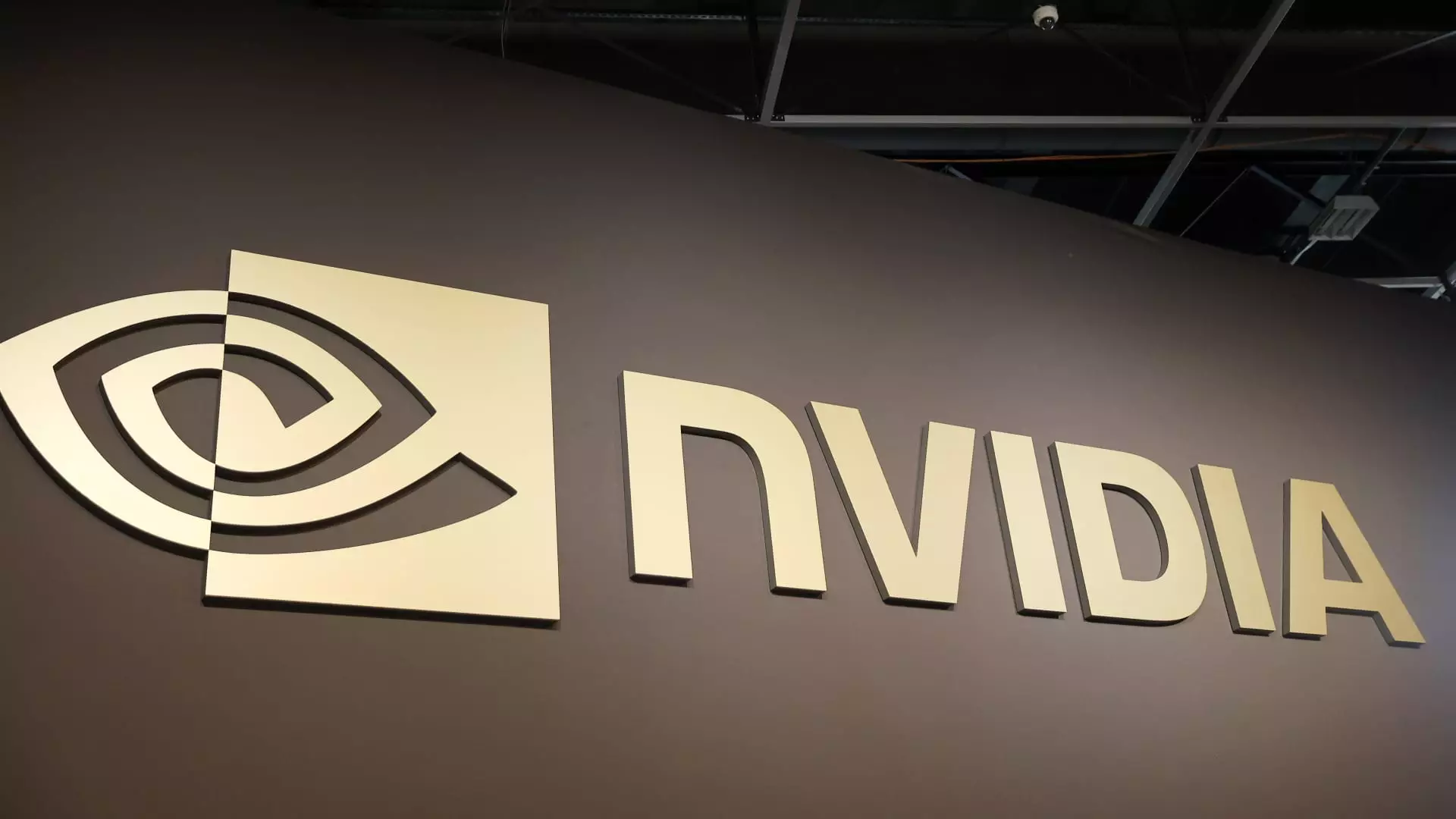Nvidia’s stock reportedly climaxed with fresh all-time highs over multiple consecutive sessions last week, sparking renewed optimism on Wall Street. Yet beneath this bullish veneer lies a narrative steeped in hesitation. Despite the surge, investors and analysts alike have been cautious throughout the year, grappling with geopolitical fears and market fatigue. The volatility surrounding Nvidia—arguably the poster child of the AI semiconductor sector—reflects not just the broader semiconductor industry’s challenges but also a paradox of exuberance and uncertainty.
This discomfort is understandable. Nvidia’s meteoric rise in valuation and dominant position in AI has compelled many investors to question whether such growth is sustainable. Doubters argue that mega-cap tech stocks often experience sharp corrections, especially when stretched valuations collide with geopolitical tensions—like the China export controls that dampened momentum earlier in 2025. The particle of doubt that Nvidia carries is a natural consequence of years of outsized gains making some investors wary, a phenomenon often seen when any breakaway success story attempts to consolidate its position.
Market Dynamics Pointing Toward a New Bull Phase
However, technical analysis offers a more optimistic perspective. Nvidia’s recent “golden cross”—when its 50-day moving average surpasses the 200-day moving average—is an established technical signal suggesting the onset of a sustained upward trend. This pattern is not merely academic; it often marks the turning points in long-term bull markets. Seeing this, market participants have reason to believe Nvidia’s rally is not a fleeting spark but potentially the start of a more durable rally phase.
What’s more, Nvidia’s current performance appears to be catching up to valuations relative to its competitors. Analysts like Jordan Klein point out that a gap in valuation and momentum with peer semiconductor stocks is narrowing, suggesting Nvidia is re-entering a leadership role in the sector. Such relative strength often fuels further inflows, as institutional investors hunt for sector leaders to anchor their portfolios.
Technological Catalyst: The Blackwell Chip Rollout
The upcoming rollout of Nvidia’s Blackwell chip further bolsters the case for continued bullishness. This new product is expected to be a pivotal driver of Nvidia’s near-term earnings, with volume production ramping in mid-2025. Blackwell is not just a product refresh; it represents an evolution in Nvidia’s AI chip architecture, promising efficiency improvements and expanded capabilities. Investors should note that these technical advancements typically translate into better margins and higher profitability, which support premium valuations.
While some market players argue that hype around Blackwell might already be reflected in Nvidia’s price, this skepticism overlooks the long tail benefits expected from broader adoption and economies of scale. Analysts forecast that the earnings reports following Blackwell’s commercial debut will likely include upward revenue revisions, indicating that Nvidia may be able to outperform already optimistic expectations.
Competitive Moat in a Fragmenting AI Ecosystem
One of the critiques against Nvidia involves the rise of hyperscalers developing their own custom chips. From a surface view, this trend appears threatening—it may suggest a fragmentation that erodes Nvidia’s market share. But, as Gene Munster argues, this fear is exaggerated. The monumental costs and risks associated with in-house chip development—ranging from R&D expenses to manufacturing complexities—make it unlikely that these custom chips will supplant Nvidia’s offerings en masse.
In fact, Nvidia’s position benefits from specialization and economies of scale that new entrants cannot easily replicate. The company’s entrenched relationships, intellectual property advantages, and the sheer scale of production facilities create a formidable barrier for those looking to compete from scratch. This dynamic secures Nvidia’s moat, ensuring that it remains a preferred partner for many AI and cloud infrastructure players, despite the allure of bespoke chips.
A Conviction Backed by Industry Momentum and Talent Battles
Beyond chips and charts, Nvidia’s strength can be seen in the broader industry dynamics. The AI revolution is still in its infancy, with immense capital and talent pouring into the space. Meta’s aggressive strategy to recruit AI experts from OpenAI with eye-popping bonuses underscores how fierce the race for AI leadership has become. Nvidia, as the main supplier of AI hardware, is positioned at the fulcrum of this ecosystem.
What this environment suggests is that Nvidia’s valuations, though high, are tied to genuine growth opportunities, not mere speculation. The company is riding a structural wave of technology adoption that is unlikely to dissipate soon. Its ability to consistently innovate, coupled with a practical competitive advantage and the technological tailwind behind AI, reinforces the argument that Nvidia is not just a flash in the pan. From a center-right, market-friendly standpoint, this combination of free-market innovation and targeted execution justifies the confidence in Nvidia’s trajectory, despite the risks inherent in any tech sector.
In essence, Nvidia is not merely surviving the test of market skepticism—it is demonstrating the resilience and structural advantages crucial for sustained growth. For investors willing to embrace disciplined risk-taking, Nvidia’s path forward looks decidedly powerful and persuasive.

